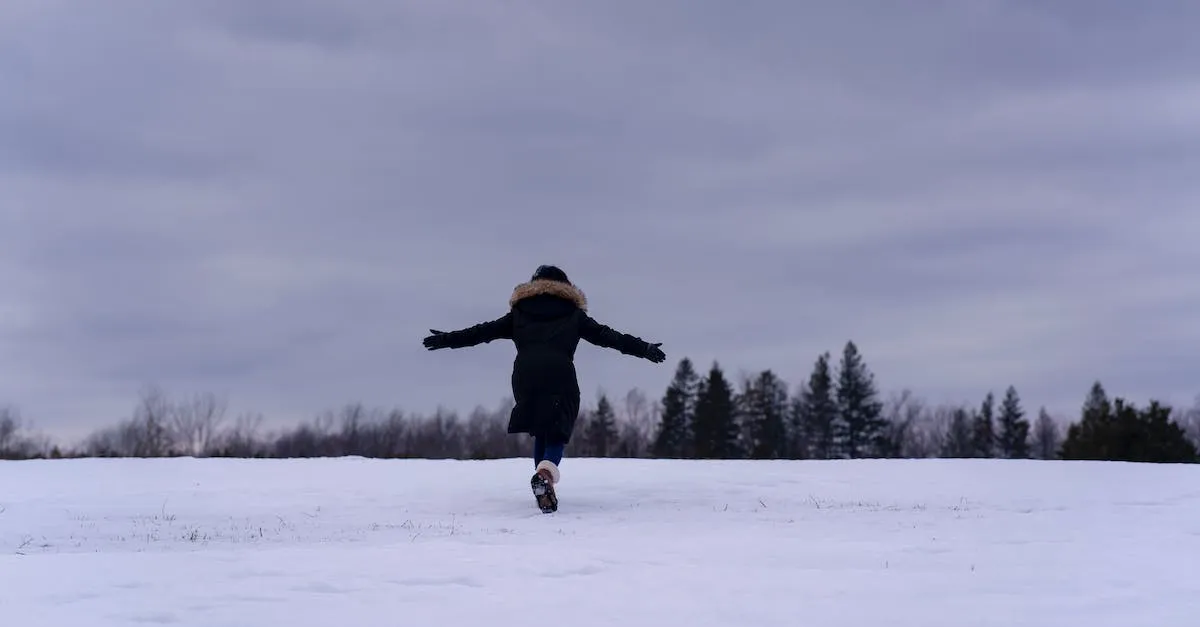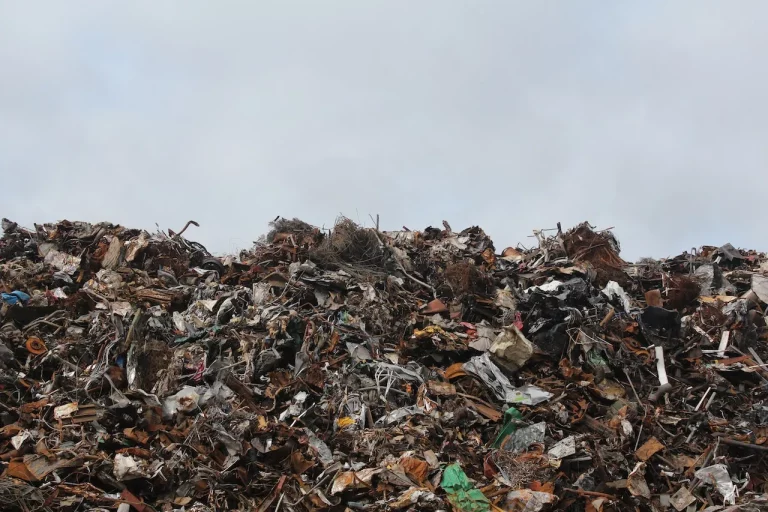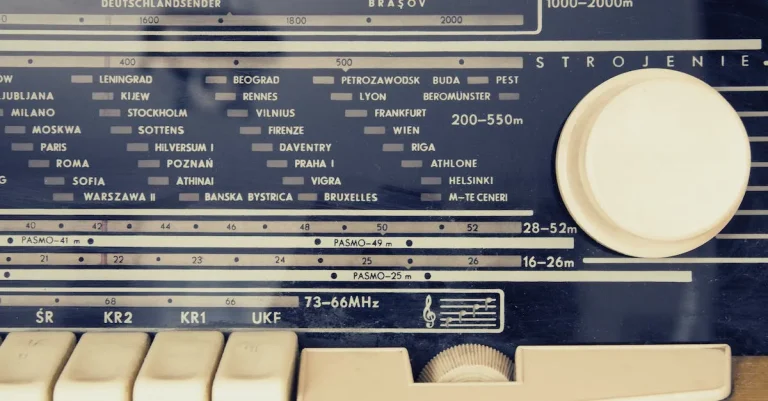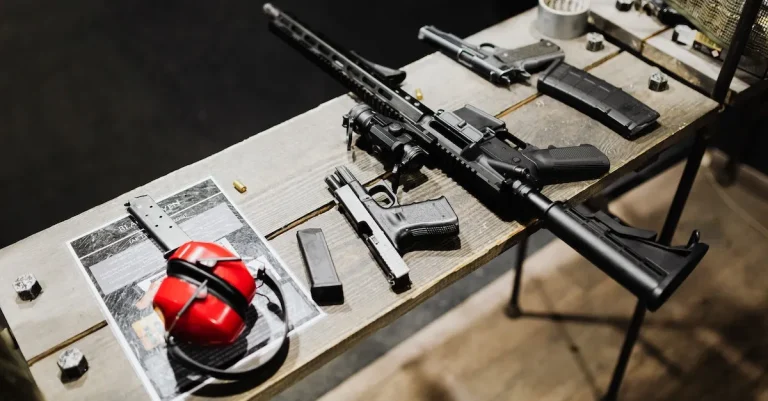Does It Get Cold In Florida? A Complete Look At Florida Winters
With its reputation for sunny beaches and palm trees, you may be wondering if Florida ever actually gets cold. While the Sunshine State is known for its warm, tropical climate, many are surprised to learn that parts of Florida do indeed experience chilly weather during the winter months.
If you’re short on time, here’s a quick answer: While Florida winters are mild compared to other states, cold snaps and freezes do occur, especially in North and Central Florida. The northern parts of the state see average lows in the 40s and 50s F in winter.
In this approximately 3000 word guide, we’ll take an in-depth look at Florida’s winter weather patterns, average temperatures by region, record cold snaps, impacts of cold fronts, how to prepare your home and plants, and the best ways to enjoy the cooler season.
Average Winter Temperatures in Florida
Florida, known for its warm and sunny weather, does experience winter temperatures, although they are generally mild compared to other parts of the country. The state’s unique geographical location and proximity to the Gulf of Mexico and the Atlantic Ocean contribute to its relatively mild winters.
North Florida
In North Florida, which includes cities such as Jacksonville and Tallahassee, winter temperatures can range from the low 40s to the mid-60s Fahrenheit (4 to 18 degrees Celsius). While snowfall is rare, it is not unheard of in this region, with occasional flurries reported in some years.
However, these snow events are usually short-lived and do not significantly impact daily life.
Central Florida
Central Florida, home to popular tourist destinations like Orlando and Tampa, experiences slightly warmer winters compared to North Florida. Average temperatures in this region range from the mid-50s to the low 70s Fahrenheit (13 to 23 degrees Celsius).
It is rare to see snowfall in Central Florida, and if it does occur, it is minimal and melts quickly.
South Florida
South Florida, including cities like Miami and Fort Lauderdale, enjoys mild winter temperatures with averages ranging from the high 60s to the low 80s Fahrenheit (20 to 27 degrees Celsius). Winters in this region are characterized by warm, sunny days and cool, comfortable evenings.
Snowfall is extremely rare, if not non-existent, in South Florida.
Florida Keys
The Florida Keys, a string of islands extending from south of Miami to Key West, experience some of the warmest winter temperatures in the state. With average temperatures ranging from the mid-70s to the low 80s Fahrenheit (24 to 27 degrees Celsius), the Keys offer a tropical escape from colder winter climates.
Snowfall is virtually unheard of in this region.
It’s important to note that while these are average winter temperatures, Florida weather can be unpredictable, and occasional cold fronts can bring cooler temperatures throughout the state. However, such cold spells are usually short-lived, and the warm Florida sunshine quickly returns.
Historic Cold Snaps and Freezes
Contrary to popular belief, Florida is not always warm and sunny. The state has experienced its fair share of cold snaps and freezes throughout history, some of which have had significant impacts on the region.
Let’s take a closer look at some of the most memorable instances of extreme cold weather in Florida.
The Great Freeze of 1894-1895
One of the most severe freezes in Florida’s history occurred during the winter of 1894-1895, commonly referred to as “The Great Freeze.” This devastating event caused widespread damage to the state’s citrus industry, which was a major economic driver at the time.
Temperatures dropped as low as 18 degrees Fahrenheit (-8 degrees Celsius) in some areas, resulting in the loss of thousands of citrus trees and millions of dollars in damages.
1989 Hard Freeze
In January 1989, Florida experienced another significant freeze, known as the “1989 Hard Freeze.” This event brought extremely cold temperatures to the state, with some areas reaching record lows. The freeze lasted for several days, causing damage to crops, plants, and even impacting wildlife.
Farmers and gardeners were left with the daunting task of rebuilding their livelihoods after the freeze passed.
2010-2011 Winter
The winter of 2010-2011 brought an unusually cold and prolonged freeze to Florida. This winter season was characterized by multiple freezes, with temperatures dropping below freezing for several consecutive nights.
The freezing temperatures had a significant impact on the state’s agriculture, damaging crops such as strawberries, tomatoes, and even tropical plants.
Impacts on Agriculture
Florida’s agriculture industry is particularly vulnerable to cold snaps and freezes. The state’s citrus crops, in particular, are highly susceptible to damage from freezing temperatures. When temperatures drop below a certain threshold, citrus fruit can freeze, leading to irreparable damage.
In addition to citrus, other crops such as strawberries, blueberries, and vegetables can also suffer during cold spells. Farmers often employ various strategies to protect their crops during freezes, including the use of irrigation systems and coverings to trap heat.
For more information on Florida’s historic freezes and their impacts, you can visit the Florida Department of Agriculture and Consumer Services’ website.
Typical Winter Weather Patterns
Florida is known for its warm and sunny weather, but that doesn’t mean it never gets cold. While the state is blessed with a subtropical climate, winters in Florida can still bring some chilly temperatures. Let’s take a closer look at the typical winter weather patterns in the Sunshine State.
Cold Fronts
One of the main factors that contribute to colder weather in Florida during the winter months is the arrival of cold fronts. These weather systems can bring a drop in temperature and increase the chances of rain and thunderstorms.
Cold fronts occur when a mass of cold air moves into an area, pushing out the warm air and causing a sudden change in weather conditions. They are most common between November and March, and can sometimes lead to significant temperature drops.
Occasional Frost and Freezes
While it may not be a regular occurrence, Florida does experience occasional frost and freezes during the winter months. When temperatures drop below freezing, areas in the northern parts of the state are more susceptible to frost and freezes.
This can have an impact on agricultural crops and delicate plants, leading to the need for protective measures to prevent damage. It’s worth noting that the frequency and intensity of frost and freezes can vary from year to year.
Brief Cold Spells
Florida winters are also characterized by brief cold spells. These are short periods of time when temperatures dip below average, but quickly return to warmer conditions. While they may not last long, these cold spells can still bring a temporary chill to the air.
It’s a good idea to keep a light jacket or sweater handy during these times, especially if you’re planning outdoor activities.
According to the National Weather Service, the average winter temperature in Florida ranges from the mid-60s to low 70s Fahrenheit (18-23 degrees Celsius).For more information on Florida’s winter weather patterns, you can visit the official website of the National Weather Service: www.weather.gov.
So, while Florida may not experience the same frigid winters as some other states, it’s still important to be prepared for cooler temperatures during the winter months. Whether it’s a cold front, occasional frost, or a brief cold spell, knowing what to expect can help you make the most of your winter adventures in the Sunshine State.
Preparing for Colder Weather
While Florida is known for its warm climate, it does experience colder temperatures during the winter months. Preparing for the colder weather can help you stay comfortable and protect your home and outdoor plants.
Winterizing Your Home
One important step in preparing for colder weather in Florida is winterizing your home. This involves taking measures to insulate your home and prevent heat loss. Some tips for winterizing your home include:
- Sealing any gaps or cracks around windows and doors to prevent drafts
- Adding weatherstripping to doors and windows to improve insulation
- Insulating your attic and walls to retain heat
- Covering windows with thermal curtains or using window insulation film
By taking these steps, you can keep your home warmer during the colder months and potentially reduce your heating costs.
Protecting Outdoor Plants
Florida’s winters may not be as harsh as those in other parts of the country, but it’s still important to protect your outdoor plants from potential frost or cold damage. Here are some ways to protect your plants during colder weather:
- Covering delicate plants with blankets or sheets overnight
- Moving potted plants indoors or to a sheltered area
- Watering your plants a day or two before a cold snap to help insulate their roots
- Using mulch around the base of your plants to help retain heat
By taking these precautions, you can help ensure that your outdoor plants survive the colder temperatures and continue to thrive once spring arrives.
Having Supplies on Hand
It’s always a good idea to have some supplies on hand in case of a cold weather emergency. While extreme winter weather is rare in Florida, it’s better to be prepared. Some essential supplies to have include:
- Warm blankets and extra layers of clothing
- Non-perishable food items and bottled water
- A battery-powered or hand-cranked radio
- Flashlights and extra batteries
Having these supplies readily available can provide peace of mind and ensure that you’re prepared for any unexpected cold weather events.
For more information on preparing for colder weather in Florida, you can visit the National Weather Service website. They provide up-to-date weather forecasts and tips for staying safe during cold weather events.
Enjoying A Florida Winter
When people think of Florida, they often imagine endless sunshine, warm temperatures, and beautiful beaches. While this is true for most of the year, Florida does experience a winter season with cooler temperatures.
However, don’t let that deter you from enjoying all that Florida has to offer during this time of year. In fact, a Florida winter can be a great time to explore outdoor activities, attend festivals and events, and engage in indoor pursuits.
Outdoor Activities
Despite the cooler temperatures, Florida still offers a wide range of outdoor activities that can be enjoyed during the winter months. From hiking and biking in state parks to exploring the Everglades, there are plenty of opportunities to get outside and enjoy nature.
And with the milder weather, outdoor activities can be even more enjoyable without the sweltering heat and humidity of the summer months.
Additionally, Florida is known for its world-class golf courses, and winter is the perfect time to hit the links. With fewer crowds and pleasant temperatures, golfers can enjoy a leisurely round while taking in the scenic views and well-manicured fairways.
Festivals and Events
Florida is home to a vibrant cultural scene, and during the winter months, there are numerous festivals and events to enjoy. From art festivals and food fairs to music concerts and holiday parades, there is something for everyone.
One popular event is the Winterfest Boat Parade in Fort Lauderdale, where boats adorned with festive decorations sail along the Intracoastal Waterway. It’s a sight to behold and a fun way to get into the holiday spirit.
Another highlight of the Florida winter is the Strawberry Festival in Plant City. This annual event celebrates the strawberry harvest with live entertainment, delicious food, and carnival rides. It’s a great opportunity to indulge in some sweet treats while enjoying the lively atmosphere.
Indoor Pursuits
For those who prefer to stay indoors during the cooler months, Florida offers a variety of indoor pursuits to keep you entertained. Visit one of the many museums and art galleries throughout the state, such as the Salvador Dali Museum in St. Petersburg or the Norton Museum of Art in West Palm Beach.
These cultural institutions showcase world-class exhibits and provide a haven for art enthusiasts.
If you’re looking for a little excitement, why not try your luck at one of Florida’s many casinos? From slot machines to poker tournaments, these establishments offer a thrilling experience for those feeling lucky. Just remember to gamble responsibly and set a budget beforehand.
Whether you prefer outdoor adventures, lively festivals, or indoor activities, there’s no shortage of things to do in Florida during the winter months. So, don’t let the cooler temperatures deter you – embrace everything that a Florida winter has to offer!
Conclusion
While Florida is known for its tropical climate and mild winters compared to the rest of the country, parts of the state still experience chilly weather during the winter months. By preparing your home, protecting plants, and having the right supplies on hand, you can comfortably enjoy everything the cooler months have to offer in the Sunshine State.








